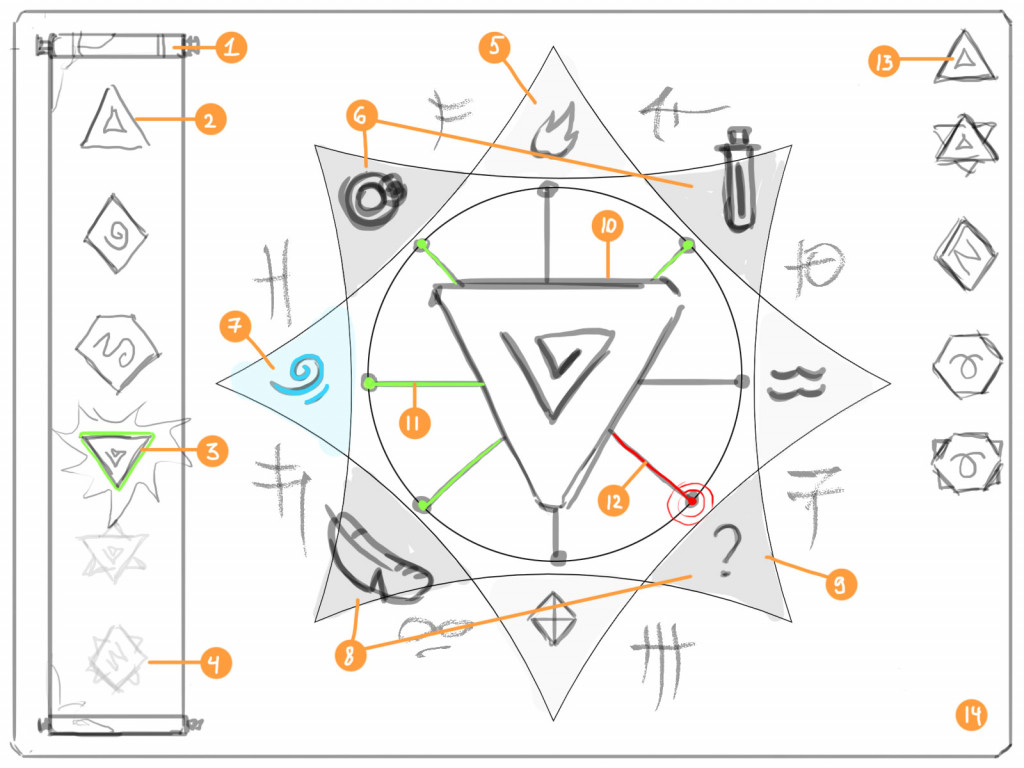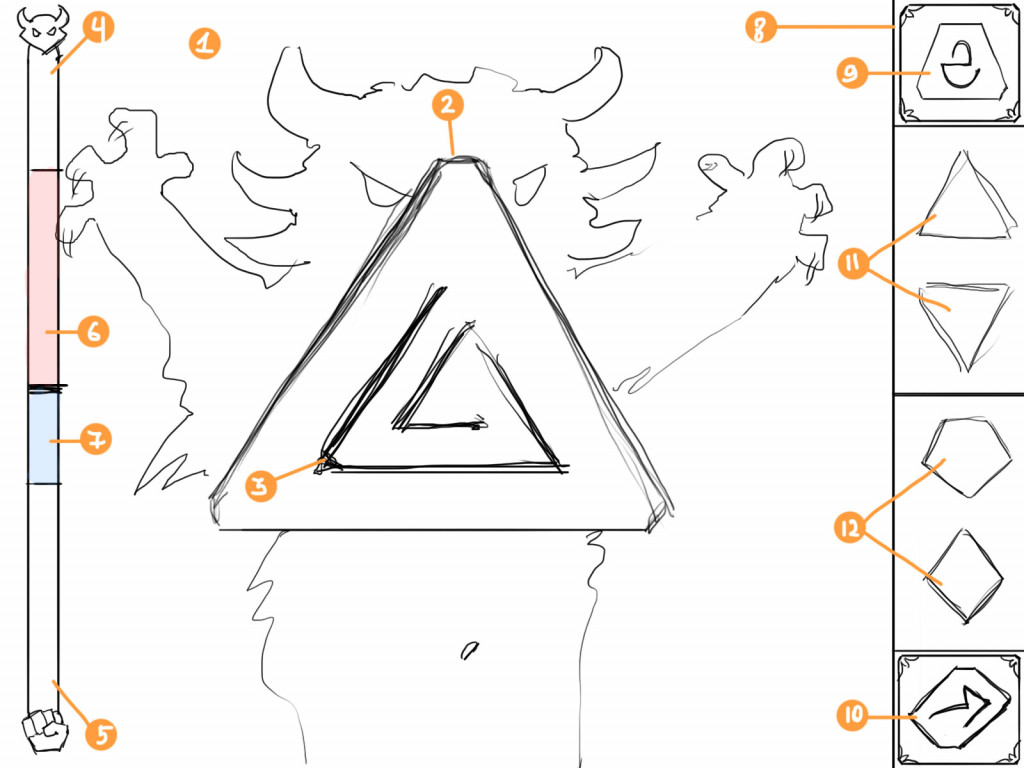Developer Diaries: One Day in London #4
“Is the game design of a visual novel a myth or reality?Vera Velichko, founder and art director of the Moscow studio OWL-studio, answers this question in the fourth issue of the diaries of the game One Day in London.

As I wrote earlier, the genre of One Day in London was not immediately determined.
Most often, game projects start with the idea of a game designer, but our studio, apparently, appeared in the zone of a natural anomaly. There was not a single game designer in the district, but from the very birth the project had a PM. I think not many indie self-builders can boast of this in the early stages of life.

Game design was carried out collectively. After all, every developer is a bit of a game designer (may the representatives of this glorious profession forgive me, I know it’s a pain). And at first, the project was a very funny cadaver. At heart, this cadaver was obviously a visual novel, but we discovered this later, when we cut off all its unrealizable pseudopods (some of them turned out to be unaffordable for the team’s resources, and some were simply too strange).
Pseudopod #1: quests

Initially, we assumed that there would be quests from the characters, during which items would be obtained. To do this, we came up with an inventory with items on the right and a list of quests on the left. The quests were supposed to be story-driven and daily. In the plot, the player, accordingly, moved along the plot, and in the daily ones, he received some game nishtyaki. Further, having soberly assessed the resources of the team, I realized that collective game design at the level of “we have seen how it is done, nothing complicated” will not cope with the task, but our writer is the most real and very good. Therefore, it was decided to focus on the story so that it would lead the player “by the hand” along a strictly defined path. Quests, thus, partially turned into a part of the narrative, and the daily ones, of course, fell off completely.
Pseudopod No. 2: inventory

At first we kept it, but in a much reduced version. On the first day of the first episode, the matches first got into the inventory, and they had to be taken out of the inventory and applied to candles. The inventory lived in the project until the start of the second episode and never came in handy again, because when the reader is led through the plot, the right item appears by itself at the right time. In the second episode, we ruthlessly uprooted it, replacing it with a much more important thing in the household – the exit button from the game.
Pseudopod #3: Crafting

The crafting system was supposed to be quite entertaining, it’s still a bit of a pity that it was not possible to implement it. The player had to craft runes – the main resource in the battle with demons. Runes were created from items that could be obtained during the game and “emanations of the elements” that could be obtained in battle with demons.
The crafting recipe was implemented in the form of a scheme on the rune table: we select the desired rune in the recipe library, the slots that should be filled with objects or emanation are highlighted. When we put the right item in the right slot, a green link appears to the central part of the table. When all the elements are assembled – pysch-pysch animation, smoke, sparks, light… and a rune appears. Depending on the emanation, the rune belonged to some element and could be ordinary, rare or “super-rare”. Subsequently, it turned out that this mechanics is rather in the spirit of an RPG: it is quite difficult to link it with a linear plot.
Pseudopod #4: Rune fight

Initially, fights with demons were supposed to be based on the use of crafting runes. The battle screen displayed a scale of demon energy and player energy, as well as a list of available runes. Depending on the type of demon, different runes had to be used. In case of loss, the player went to repeatedly crawl through quests, collect ingredients.
However, I still didn’t understand where the new emanation was supposed to come from if it was all spent. On the basis of this mechanics, it was quite possible to screw a freeplay to the game.
This mechanics has also sunk into oblivion.
***
A couple of months after we started working on the project, we had a plot plot, several pages of the story itself, several locations and all interface layouts ready, but we never figured out how to organically fit this theme with rune battles into history.
Demons appeared strictly defined and had to be passable, allowing the player to follow the plot, because it was he who played a key role in the project.
As a result, we had to choose: to slow down the production of content and develop the mechanics of constant crafting (as well as session fights) without a game designer, or to abandon them for the sake of the plot.
As a result of the battle with the demons, we have brought them to the form in which they are present now: drawing the necessary runes on the screen. Well, the pseudopods remained in the bins of the studio – who knows, maybe they will still be useful on the next projects?
By the way, we will be at the White Nights Moscow 2016 conference in three days, if you want to see the project up close, welcome to our booth No. 104. See you!